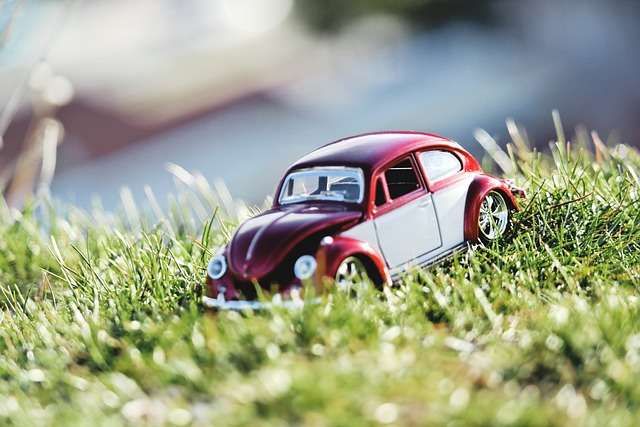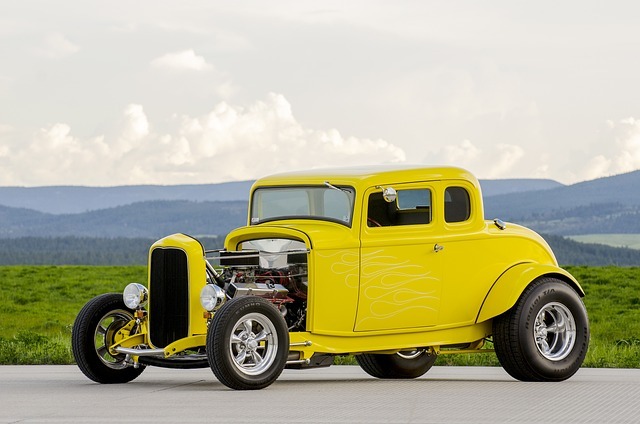How to remove car wrap adhesive effectively is a question that car owners and enthusiasts often grapple with after the removal of a vinyl wrap. This task, while seemingly straightforward, can leave behind a sticky situation if not done correctly. As a seasoned automotive expert with extensive experience in the nuances of car detailing, I bring you a guide that is as authoritative as it is practical. The process of removing car wrap adhesive requires a careful balance of technique and patience, and this guide aims to equip you with both.
Understanding the Adhesive Removal Process
Car wrap adhesive is a strong, durable substance designed to withstand the elements, but when it’s time to remove it, that strength can be a hurdle. Whether you’re a DIYer or a professional detailer, the process requires the right approach and tools to avoid damage to your vehicle’s paintwork.

How to Remove Car Wrap Adhesive Without Damaging Your Car
Removing adhesive can be tricky, but with the proper technique, you can achieve a clean, residue-free surface. Here’s how to remove car wrap adhesive in a way that maintains the integrity of your vehicle’s exterior:
- Heat It Up: Apply gentle heat using a heat gun or hairdryer to soften the adhesive, making it easier to work with.
- Peel with Care: Slowly peel back the vinyl from the surface. If you’re dealing with fragments, use a plastic scraper to aid the process.
- Adhesive Remover Application: Dab a cloth with an automotive adhesive remover and apply it to the sticky areas. Always choose a product designed for vehicles to prevent paint damage.
- Gentle Scrubbing: With a soft microfiber cloth, work the adhesive remover into the residue in a circular motion.
- Wipe Clean: Once the adhesive has lifted, wipe the surface down with a clean cloth.
- Final Wash: Wash the area with soapy water to remove any remaining product and then dry it thoroughly
High-Quality Content Tailored for Car Enthusiasts
This article isn’t just a set of instructions; it’s a comprehensive resource built on high-quality, accurate information. Every piece of advice is given with the utmost concern for your vehicle’s condition and appearance.
How to remove car wrap adhesive from a large surface area?
Heat the area evenly and use a cloth soaked in adhesive remover to tackle larger sections systematically.
Can I remove car wrap adhesive without a heat gun?
A hairdryer can work as a substitute, although it may take longer to soften the adhesive.
How to remove car wrap adhesive residue without scratching the paint?
Always use a plastic scraper and not metal, applying gentle pressure.
What’s the best adhesive remover for car wraps?
Look for products specifically labeled for automotive use to avoid damaging the paint.
How to remove car wrap adhesive in cold weather?
It’s best to perform this task in a warm environment; if that’s not possible, ensure you heat the adhesive thoroughly.
Can vinegar or rubbing alcohol be used to remove adhesive?
While these can work, they may not be as effective as a specialized automotive adhesive remover.
How long should I leave the adhesive remover on the residue?
Refer to the product’s instructions, but typically a few minutes should suffice.
How to remove car wrap adhesive from sensitive areas like plastic trims?
Apply the adhesive remover with a cotton swab for precision and avoid harsh scrubbing.
Is it safe to use a razor blade to remove car wrap adhesive?
A razor blade can easily damage the paint and should be avoided in favor of plastic blades or scrapers.
How to remove car wrap adhesive from a recently painted car?
If the paint has cured fully, typically after 60 days, follow the standard removal process carefully. If in doubt, consult a professional.
Conclusion:
This expert guide on how to remove car wrap adhesive is here to ensure that you can tackle this task with confidence and achieve results that match a professional standard. Remember, patience and the right products will lead you to success. For further support or to delve deeper into car care, reach out to [Wrap Your Cars] for expert information.
































